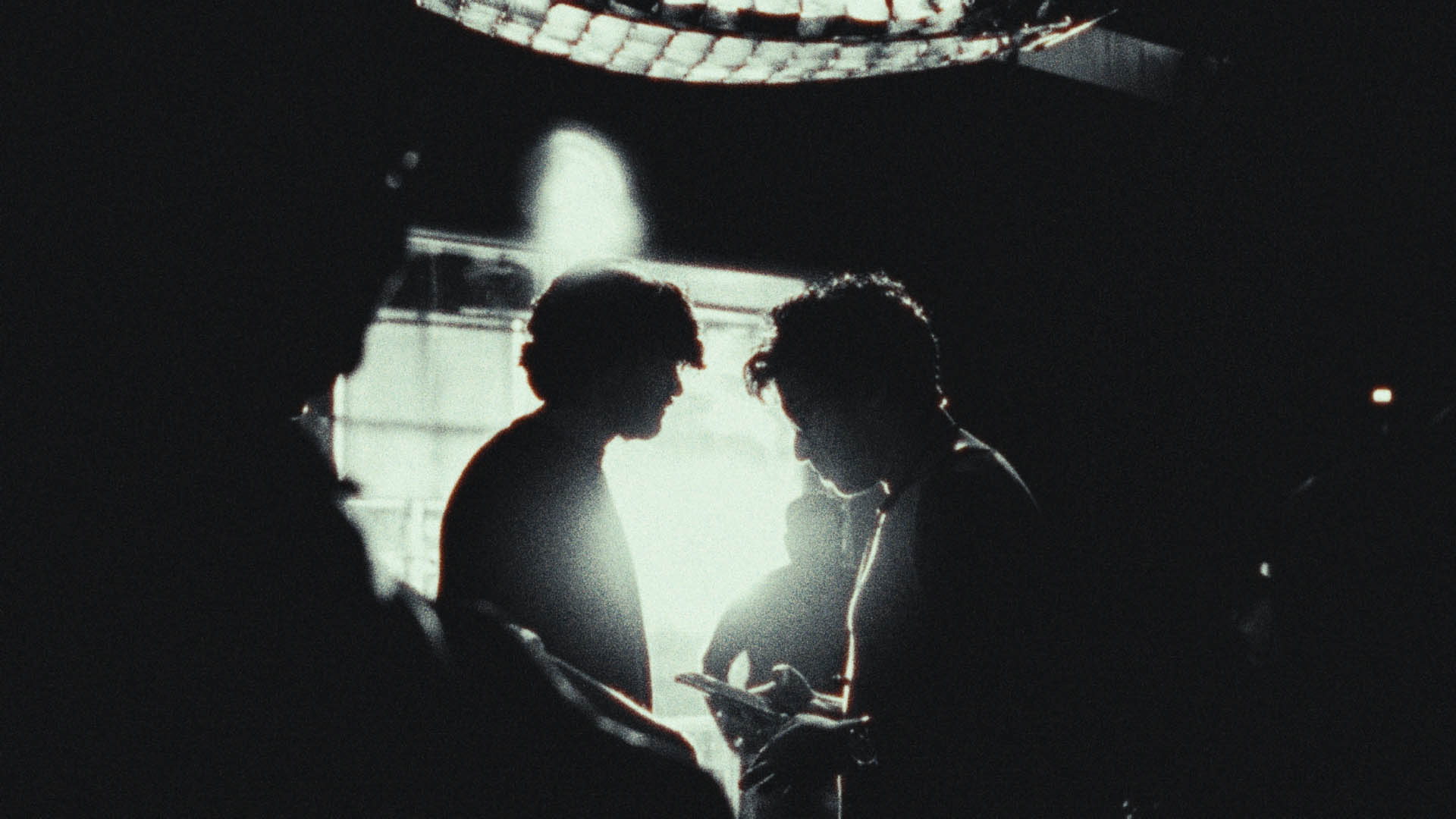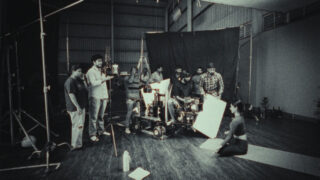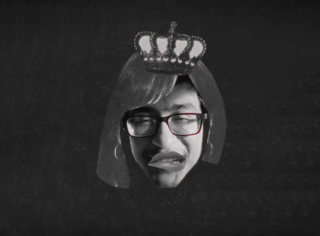
leaving it to the TV umpire 🏏
deconstructing the IPL-ad film formula
🔘Some of the ad films released during the IPL, and some directly promoting it have managed to stick around in recent advertising memory. These films do often employ those age-old TV-ad tactics that we’ve all come to love and tolerate🫶🏼, but there are some underlying ‘practices’ that differentiate an IPL ad from some other commercial playing any other time of the year, and it involves more thinking than having a certain team captain holding up your product. While obviously not an exact science, and not always deployed, these considerations help to inform the creative thinking behind these ads and you’ll probably notice these the next time you see a string of them.
These are what make an IPL ad and IPL ad, at least to the obsessive eye👁️:
1. It’s going to tickle you. 🫢
Whatever your brand’s message or product, the tone you pick for your spot is going to belong to the ‘happy’ spectrum of emotions🎃. It’s obvious to want to appeal to the public’s dearth of joie de vivre which is why it’s natural to take the funny route, or anything that sparks joy. But it takes the least amount of time to tell a good joke and it’s jokes we share in social settings the most. Think about the legendary ‘Manoranjan ka Baap’ spot on Setmax when the IPL was a simple TV-only affair, or Swiggy’s extended series which introduced us to our favourite uncle with a sweet tooth.
2. There’s a good chance there will be a jingle on steroids. 🎸
There’s far more universality in music than there is in copy, ideas or catchphrases, which is why the odd catchy anthem or the annoyingly catchy desi scat singing works wonders for advertising. Add to this trending themes of victory and celebration and you’ve got yourself a super-jingle that’s slated for shareability-success. 🐣The 2013 ‘Jumping Jhapaak’ IPL song, as debatable as its musical credentials are, had the perfect commercial stickiness that brands would pay good money for. Then the rustic bluesy lull of Star Sports’ ‘Kanna, Keep Calm’ could have you humming well into the afternoon. So, if you find your head bobbing👩 🎤 more often that the wickets are falling, you should know that it’s by design.
3. The 'meta'-verse will trickle in, maybe. 🤖
Ads in India were linear and slapstick for the longest time and only now are we opening up ourselves to the charm of the hilariously absurd. The IPL ads are the proof in the surreal pudding. It’s viewership is also now India’s largest test audience for some relatively avant-garde messaging. Today we’ve got Aamir Khan and Dream 11’s band of cricketers with their ‘off-field’ wisecracks, but then there was Cred’s watershed campaign which began this acceptance of the absurd. Cred’s series on auditioning celebrities, which was released around the IPL, introduced larger audiences to a genre of self-aware humour which was hitherto considered maybe a little fringe🌚. That, alongside a few other popular ads, in conjunction with the boom of varied content in general in India, set the stage for other brands to experiment to, well into the months after the IPL.💪
4. It’s going to advantage of your induced-belligerence. ⚔️
No matter how engaged you are in a match, it doesn’t take a Freud to know that you’re in competitive mood👽. This is easy for brands to poke. Not that it was difficult to inspire competition in the country in the first place. When you have a broadcasting spectacle pitting one side against another, you as brand will provoke every loyalist emotion you can, maybe even misdirect it towards yourself somehow. Virgin mobile did a brilliantly cheeky job with their simple series of loyalists taking jabs and each, no politically-correct holds barred. Also, this writer does not remember these ever getting banned. Amazon’s Chonkpur Cheetahs was another memorable series that cutely pandered to our fraternal instincts.🦍
5. It’s going to celebrate real audiences. 🥳
Your captive audience, the majority of it, is a picture of the Indian middle-class dream. It’s the engine of India’s consumption and the undeniable means to any end that India Inc. has planned for itself. This is the reason the messaging speaks to the median mind of the country, which isn’t to say it is basic, but it won’t be something intended for a very specific group. 🐞Representations will be more honest, even if caricature-ised and the only glamour on screen will be the what the celebrity can offer. Pepsi’s film for their ‘crash the Pepsi IPL’ puts the Indian family in the centre, even if it makes them look unnaturally happy and cooperative. And with its adjacent, more feel-good tone, Jio Mart’s new ad for this season plays on our family-like relationships👐 outside our homes.
The IPL-ad formula🧬 isn’t a simple and fool proof one, and its subject to changing audience sentiments but there are some fundamentals that we can always pull out of the archives. It’s the basic of TV psychology, but only in a more concentrated and entertaining form, much like the T20 format itself. For audiences in the heat of the sport, it’s natural to want to feel like they’re part of the team or the action, even if, for the moment, it’s a brand that help fill that manufactured lacuna. 🔴 It could be through song and dance, a joke, a WTF-moment or all of the above. So it doesn’t matter if you’re a fantasy league brand, or you make aerated sugary beverages, if you’re advertising during the IPL, your film’s only going to have get with the list.
Geddit?🧞
share



